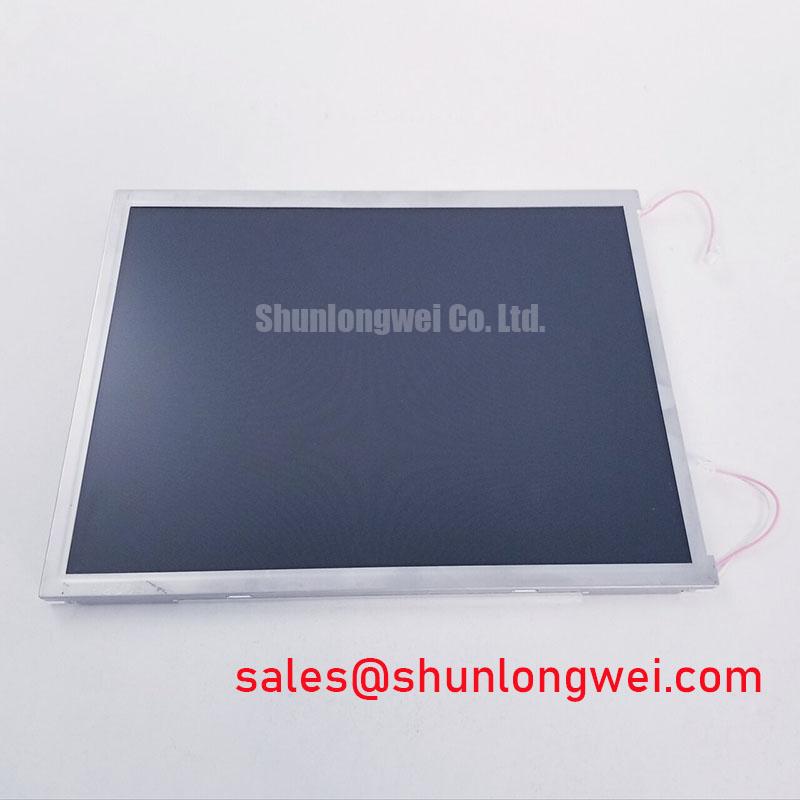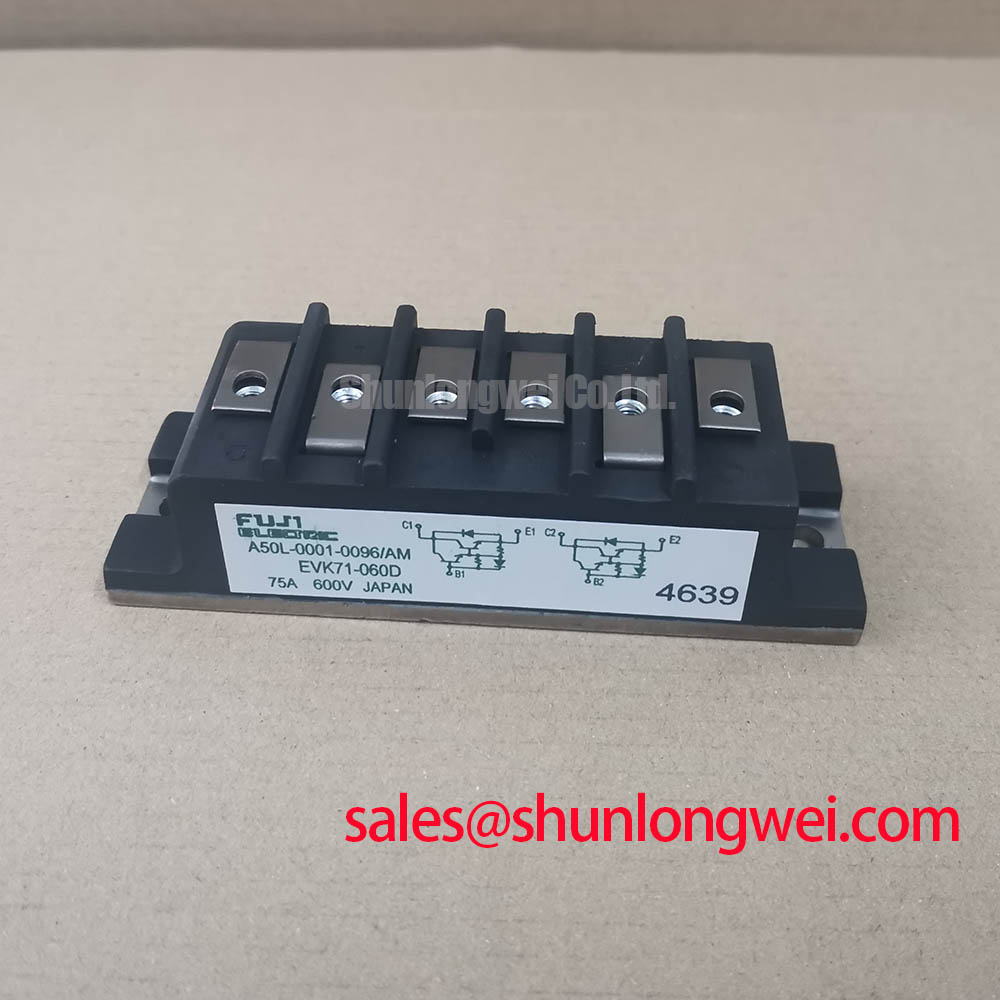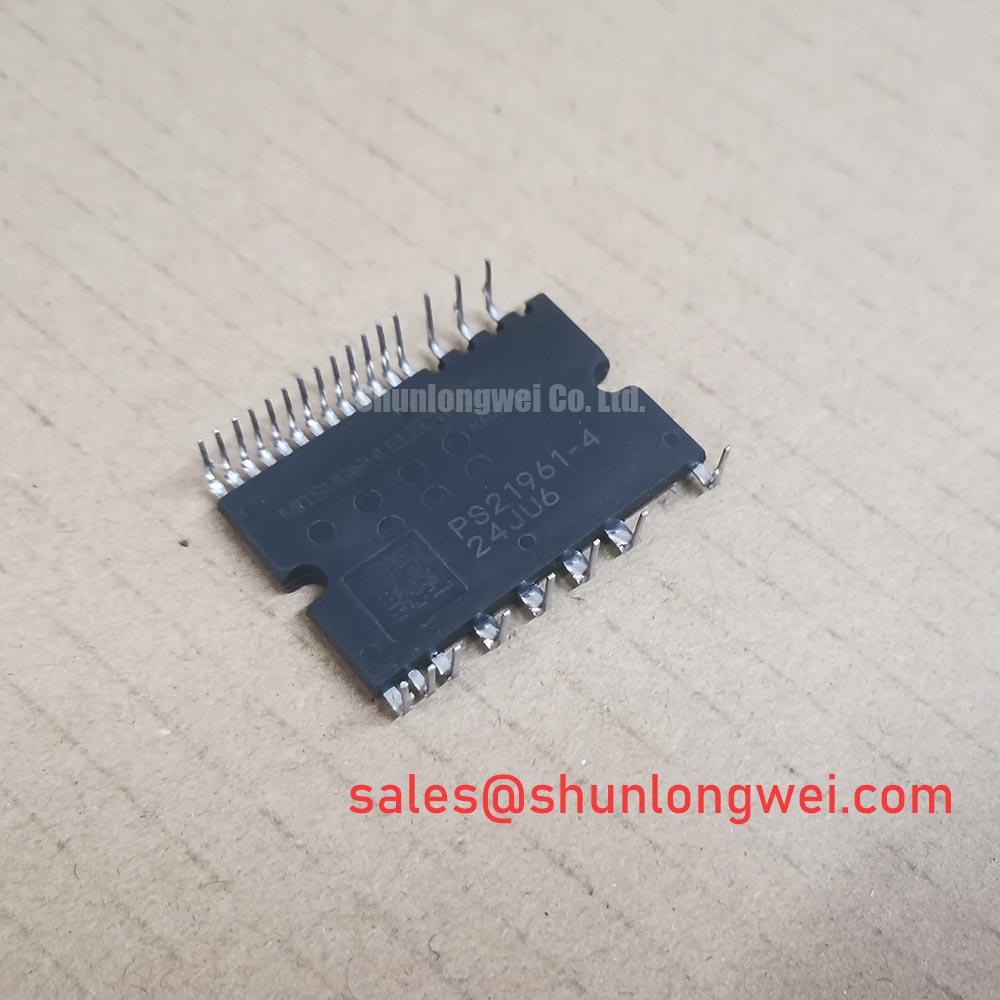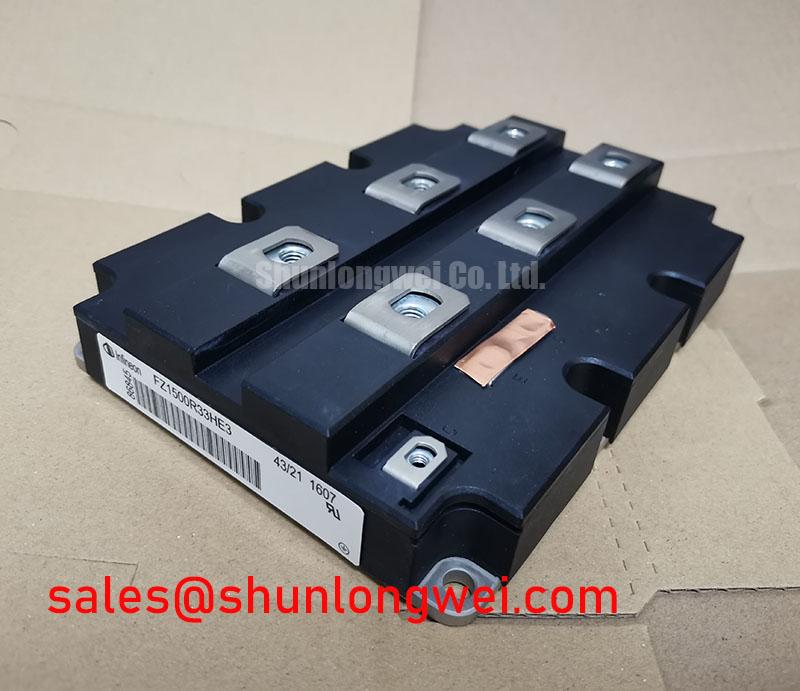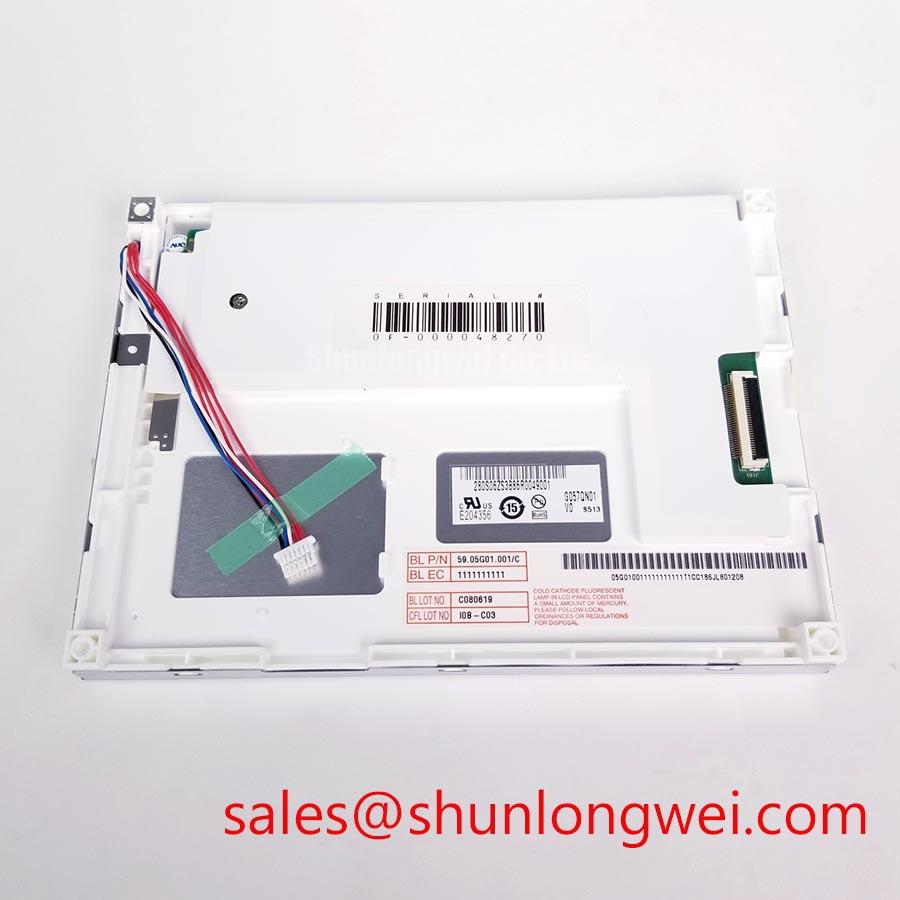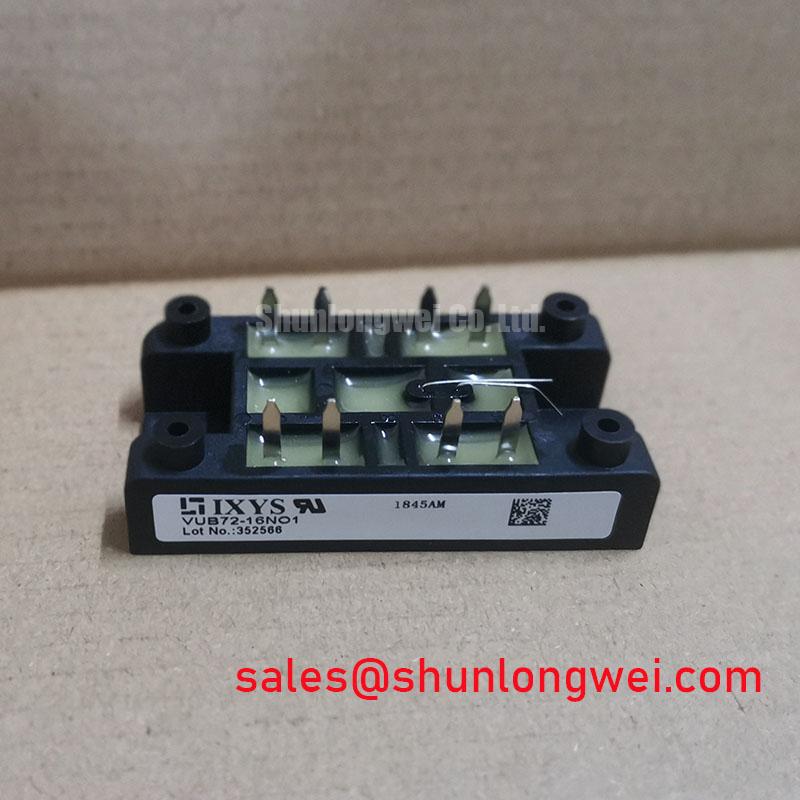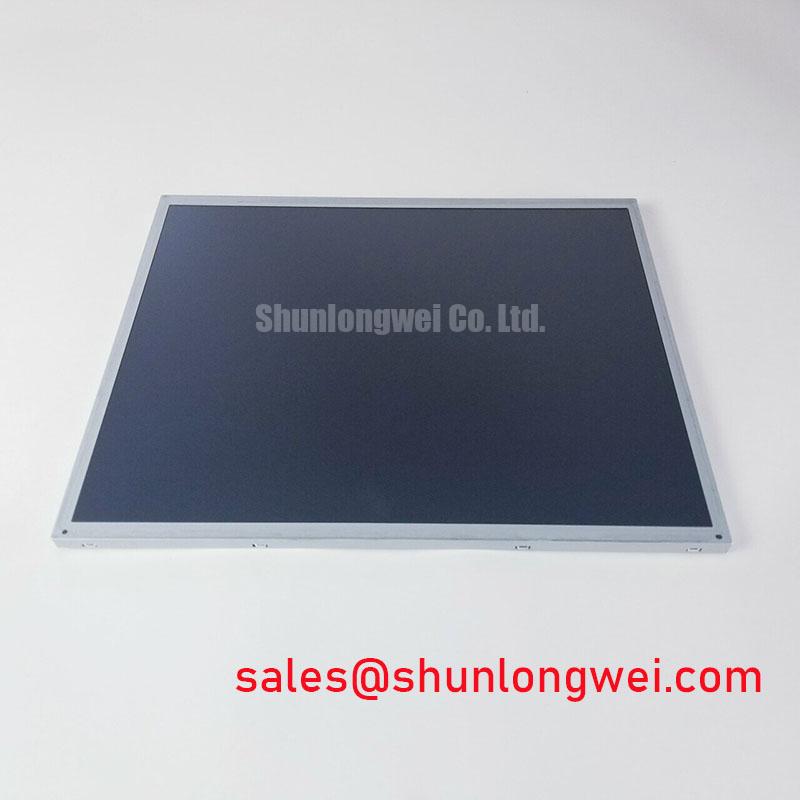LQ150X1DG11 Technical Review: A 15.0-Inch XGA Display for Industrial HMI Systems
Content last revised on October 2, 2025.
Engineering Overview & Key Specifications
A Robust Display Solution for Long-Lifecycle Industrial Applications
The LQ150X1DG11 is a 15.0-inch a-Si TFT-LCD module designed for reliability and clear visual performance in demanding industrial environments. It delivers a classic XGA resolution that ensures broad compatibility with existing software and hardware platforms, making it a strategic component for both new designs and system upgrades. With its standard interface and proven backlight technology, this display prioritizes stability and ease of integration. What is the key benefit of the anti-glare surface? It ensures clear readability under direct industrial lighting. For legacy HMI systems requiring a proven 4:3 aspect ratio display, the LQ150X1DG11 is the optimal choice for direct-fit replacement.
- Top Specifications: 15.0-inch Diagonal | 1024x768 (XGA) | LVDS Interface | 250 cd/m² Brightness
- Key Engineering Benefits: Maximizes legacy system compatibility. Reduces glare for operator accuracy.
- Primary Applications: Industrial Control Panels, Medical Monitoring Equipment, Test and Measurement Instruments.
Key Parameter Overview
Analyzing Performance Metrics for System Integration
The technical specifications of the LQ150X1DG11 are tailored for industrial applications where consistent performance is paramount. The following parameters are critical for design engineers to evaluate its fit within their system architecture.
| Parameter | Value | Engineering Significance |
|---|---|---|
| Screen Size | 15.0 inch (38.1 cm) | Provides a large, clear viewing area suitable for complex HMI layouts in industrial automation. |
| Resolution | 1024(RGB)×768, XGA | The 4:3 aspect ratio and standard XGA resolution ensure seamless compatibility with a vast range of legacy industrial software without requiring UI redesign. |
| Brightness | 250 cd/m² (Typ.) | Offers sufficient luminosity for typical indoor industrial control rooms and factory floors. |
| Contrast Ratio | 400:1 (Typ.) | Delivers clear differentiation between light and dark shades, crucial for accurately interpreting graphical data and text. |
| Viewing Angle | 60/60/40/60 (L/R/U/D) | Allows for clear off-axis viewing, a necessary feature when operators must monitor displays from various positions on the factory floor. |
| Signal Interface | LVDS (1 ch, 6-bit), 20 pins | This industry-standard interface simplifies electrical integration, reduces EMI, and is supported by a wide array of display controllers. |
| Operating Temperature | -10 ~ 60 °C | The operational range is suitable for a majority of factory and control room environments. |
| Surface Treatment | Anti-glare, Hard coating (3H) | Minimizes distracting reflections from overhead lighting, improving operator focus and reducing reading errors. The hard coating provides scratch resistance. |
Download the LQ150X1DG11 datasheet for detailed specifications and performance curves.
Application Scenarios & Value
System-Level Benefits in Industrial and Medical Environments
The LQ150X1DG11 is engineered for applications where reliability and backward compatibility are non-negotiable. Its design provides tangible benefits for system integrators and end-users alike.
A key application is the refurbishment or upgrade of legacy CNC Machine Control panels. Many of these systems were originally designed with 15-inch 4:3 CRT or early LCD displays. The challenge for engineers is to replace a failing display without a complete system overhaul, which would involve costly software validation and hardware changes. The LQ150X1DG11's XGA resolution and standard LVDS interface provide a near drop-in solution. The anti-glare surface is a significant upgrade over older, glossy screens, improving usability under the harsh fluorescent lighting common in machine shops. Think of it like swapping a glossy photograph that reflects every light source with a matte-finish print; the image becomes clear and visible from any angle, which is precisely what an operator needs.
This module also finds use in medical monitoring equipment and test instruments where data integrity is critical. The proven CCFL backlight and robust a-Si TFT-LCD technology provide a known performance envelope, simplifying the regulatory approval process for medical devices. While this panel offers a standard 4:3 aspect ratio, systems requiring a widescreen format for displaying more horizontal data could consider a panel like the G156XW01 V0, which features a 1366x768 resolution.
Frequently Asked Questions (FAQ)
What is the primary implication of the 6-bit LVDS interface?
The 6-bit LVDS interface supports a color palette of 262,144 colors. This is sufficient for the vast majority of industrial HMI applications, which prioritize clarity and functional color-coding over the full-spectrum color reproduction needed for graphic design or media editing. It is a cost-effective and electrically robust interface standard.
How does the anti-glare (AG) surface treatment benefit an industrial operator?
The AG coating diffuses ambient light, significantly reducing specular reflections from overhead lighting or windows. This minimizes operator eye strain and improves the accuracy of reading critical data, especially in environments where lighting conditions cannot be controlled. It's a critical feature for both safety and productivity.
What considerations are needed for the CCFL backlight system?
Unlike modern LED-backlit displays, the CCFL backlight requires an external inverter to supply the necessary high voltage. Engineers must account for the space, power, and thermal output of this inverter in their system design. However, for legacy system replacements, this often allows reuse of the existing power and driver infrastructure, simplifying the upgrade process.
Is the 400:1 contrast ratio adequate for displaying complex graphics?
Yes, a 400:1 contrast ratio provides clear and distinct separation between colors and grayscale levels for typical industrial UIs, including schematics, process diagrams, and data readouts. It ensures that text is crisp and graphical elements are easily distinguishable, which is the primary requirement for effective HMI design.
What does the specified shock and vibration rating imply for deployment?
The LQ150X1DG11 is rated to withstand a shock of 50G and vibration of 1.5G. This level of mechanical resilience ensures reliable operation when integrated into machinery or equipment that is subject to operational vibrations, such as CNC mills, packaging machines, or mobile test equipment carts.
Industry Insights & Strategic Advantage
The Enduring Value of Proven Technology in Industrial Markets
In a world dominated by rapid advancements in display technology, the LQ150X1DG11 represents a commitment to stability and long-term support. For sectors like Industrial Automation and medical device manufacturing, the total cost of ownership often outweighs the initial unit price. The decision to specify a component like this is strategic; it's about minimizing risk. Choosing a display with a well-understood performance profile and standard interfaces, like this one, is analogous to an airline selecting a proven engine model for its fleet. While newer, more efficient engines may exist, the established maintenance protocols, spare parts availability, and known reliability of the older model provide immense operational and financial value over a multi-decade service life.
This display enables Legacy System Integration, a critical and often overlooked market. It provides a reliable pathway to extend the life of multi-million dollar capital equipment, ensuring that operational continuity is maintained without the massive expense and downtime associated with a full system replacement. This focus on reliability and compatibility is a cornerstone of sound engineering, a principle thoroughly explored in guides on the differences between industrial and consumer displays.
An Engineer-to-Engineer Perspective
From a design standpoint, the LQ150X1DG11 is a component that removes variables. Its straightforward electrical interface, standard mechanical footprint for its class, and predictable optical characteristics allow the engineering team to focus on their core application logic rather than troubleshooting display integration issues. It is a workhorse component designed to perform its function reliably and without surprises, which is often the highest praise a component can receive in a critical system design.

